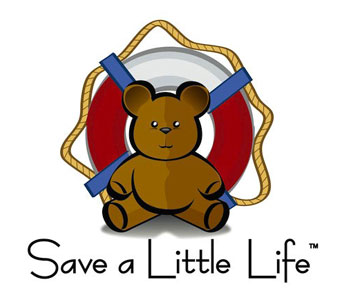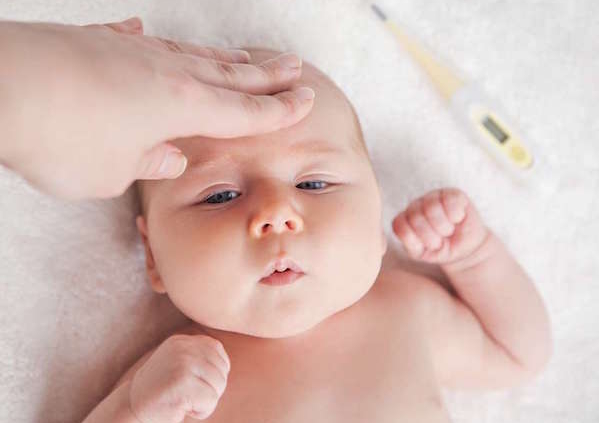TYLENOL USE AFTER A FEBRILE SEIZURE
This article is a condensed version of several recent medical studies, representing their highlights and conclusions concerning Febrile Seizures (high fever) and the use of Tylenol afterward to prevent further seizure episode(s). We hope you find it relevant.
Febrile seizures are convulsions that can happen when a young child has a fever above 100.4°F (38°C). The seizures usually last for a few minutes and stop on their own, although the fever may continue for some time.
Tylenol (Acetaminophen) is a time proven safe fever reducer for infants and children.
Prior to this study it was widely believed that the administration of Tylenol was ineffective in preventing a second seizure after a first had already occurred.
This study involved infants & children from 6-60 months of age who visited the hospital after a febrile seizure. The use of Tylenol in these cases was compared with patients who received no medication after their seizure.
The dose of Tylenol given was 10mg. per kilogram (rectally) every 6 hours until 24 hours after the first seizure…if the fever remained greater than 100.4 (F).
Of the 423 patients in the study 219 received the Tylenol dose and 204 did not receive any medication for fever reduction. Results of the study showed that a recurrence of another seizure in the following 24 hours was significantly lower in the group that received Tylenol.
When administering Tylenol products at home it is important to follow accurate product dosing instructions unless your physician specifically asks you to alter the dose.
Given that there may still be some differences regarding treatment of infants or children after a febrile seizure it is important to speak with your pediatrician and/or emergency room physician should this event occur.
Your own pediatrician is always your first and best resource for diagnosis & treatment of all pediatric illnesses.



